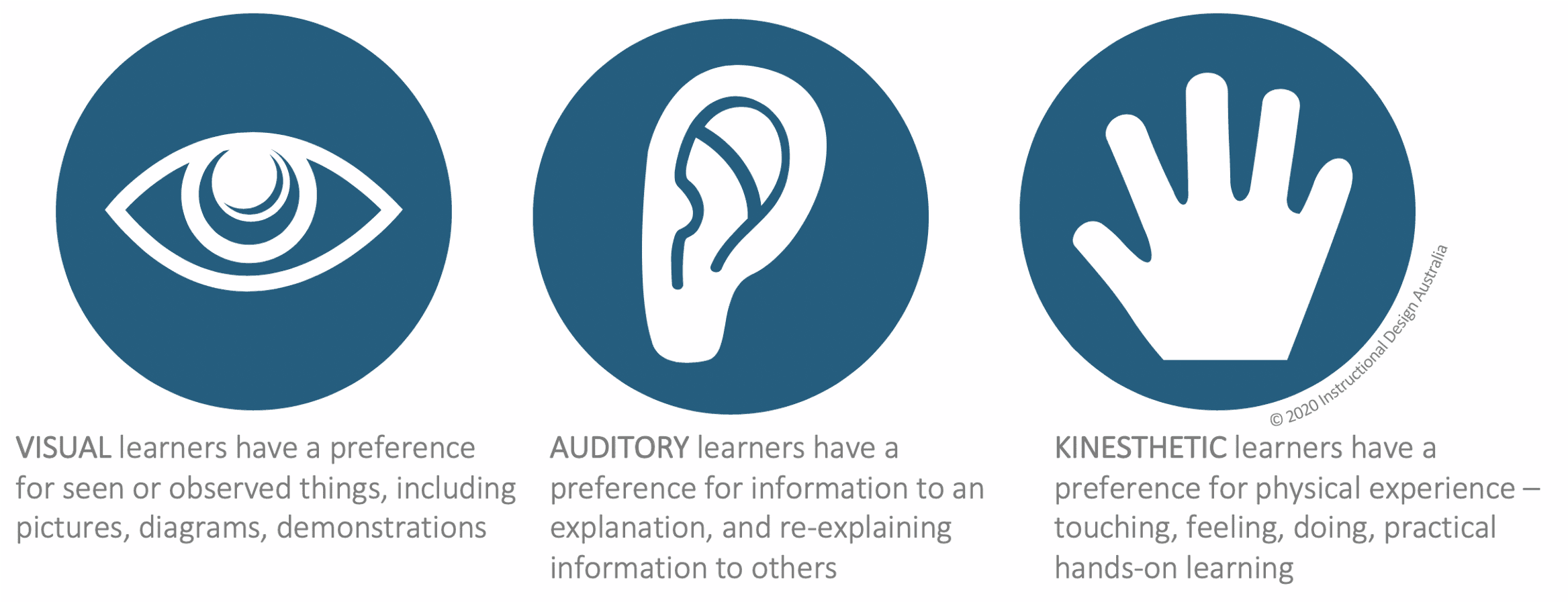

#AURAL LEARNING STYLE DEFINITION PLUS#
An example would be a student using movement to find out the sum of 1/2 plus 3/4 via movement, then explain how the motions in space reflect the mathematical process leading to the correct answer. Kinesthetic learning at its best, BenZion found, is established when the learner uses language (their own words) in order to define, explain, resolve and sort-out the way in which his or her own body’s movement reflect the concept explored.

This movement is created for the purpose of establishing new or extending existing knowledge. Specifically, she defined kinesthetic learning as the process that results in new knowledge or understanding given the involvement of the learner’s own body movement.

Galeet BenZion says that kinesthetic and tactile learning are separate learning styles with different characteristics. Rita Dunn says that kinesthetic learning and tactile learning are the same learning style. Kinesthetic learners’ short- and long-term memory is strengthened by their use of their own body’s movements. In an elementary classroom setting, these students may stand out because of their constant need to move high levels of energy which may cause them to be agitated, restless and/or impatient. People with dominant kinesthetic and tactile learning style are commonly known as do-ers. Kinesthetic learning is a learning style in which learning takes place by the learner using their body in order to express a thought, an idea or an understanding of a particular concept (which could be related to any field). They also have very high hand-eye coordination and very quick receptors. They will remember things by going back in their minds to what their body was doing. It is common for kinesthetic learners to focus on two different things at the same time. They also may listen to music while learning or studying. The kinesthetic learner usually does well in things such as chemistry experiments, sporting activities, art and acting. When revising it helps for the student to move around as this increases the students understanding with learners generally getting better marks in exams when they use that style. They may struggle to learn by reading or listening. The Fleming VAK/VARK model, one of the most common and widely used categorizations of the various types of learning styles, categorized the various types of learning styles as follows: visual learners, auditory learners, reading/writing-preference learners, and kinesthetic learners (also known as “tactile learners”).Īccording to proponents of the learning styles theory, students who have a predominantly kinesthetic learning style are thought to be natural discovery learners: they have realizations through doing, as opposed to having thought first before initiating action. People with a kinesthetic learning style are also commonly known as do-ers.

It is also referred to as tactile learning. Kinaesthetic learning is a learning style in which learning takes place by the student actually carrying out a physical activity, rather than listening to a lecture or merely watching a demonstration.


 0 kommentar(er)
0 kommentar(er)
